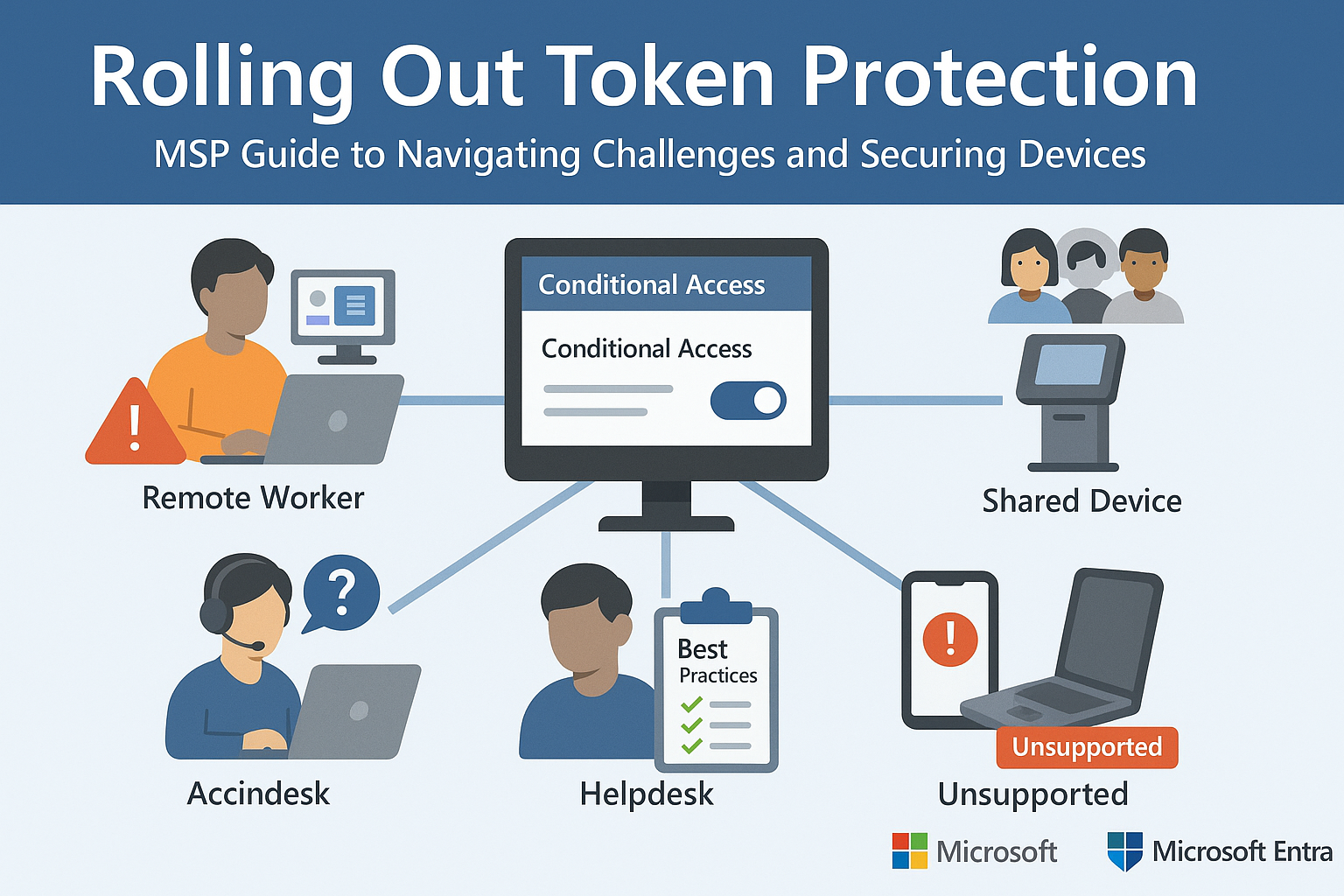Random Access Memory (RAM) is a machine’s short-term memory. RAM is fundamental to computer processing, being a super-fast and temporary data storage space that a computer needs to access right now or in the next few moments. RAM complements your computer’s hard drive (SSD), which stores data long-term or permanently. A construction analogy is that RAM is your workbench workspace where all your work gets done while your hard drive represents your drawers and cabinets in which you store the tools (software) and materials (data) you need to work with and on. No programs, files, or video streams would work without RAM. Every device you use (desktop, laptop, tablet, smartphone, etc.) has RAM storage for the working processes within the machines.
It’s important that machines have enough RAM to function properly. Staying up to date with your business hardware needs goes hand-in-hand with having enough RAM to get the job done. New and updated hardware is being released to the public with more and more RAM to help users access more data at once while maintaining high speeds and efficiency.
Source: Avast
Your organization needs to supply users with enough RAM to run the specific programs and applications needed in your business. The amount of RAM needed is based upon the type of work you are doing. Some businesses need more ram than others (for example video and digital image processing requires enormous amounts of RAM). When purchasing a new computer you have options for how much memory you will receive – typically 2GB, 4GB, or 16 GB (with more available for specialized machines). Most low-end computers come with 4GB memory today, while higher-end machines have 8GB or 16GB of RAM standard. For businesses running Windows 10 operating systems, 8 should suffice while 16 will future proof your machine for an extra year or two. Another important speed improvement for new machines is the Hard Drive. Selecting a Solid State Drive (SSD) can also make enormous improvements in performance as they are up to 50x faster than the old fashion hard disk drive. How much RAM do you really need and for what? Here are CyberHoot’s recommendations, applied to any operating system or personal computer:
Discover and share the latest cybersecurity trends, tips and best practices – alongside new threats to watch out for.

Artificial Intelligence (AI) is transforming productivity and efficiency, but it’s also arming cybercriminals...
Read more
Part 2 of Our Microsoft Entra Security Series In Part 1, we explored how Microsoft’s Token Protection...
Read more
For years, organizations have relied on fake email phishing simulations to measure employee resilience to...
Read moreGet sharper eyes on human risks, with the positive approach that beats traditional phish testing.
